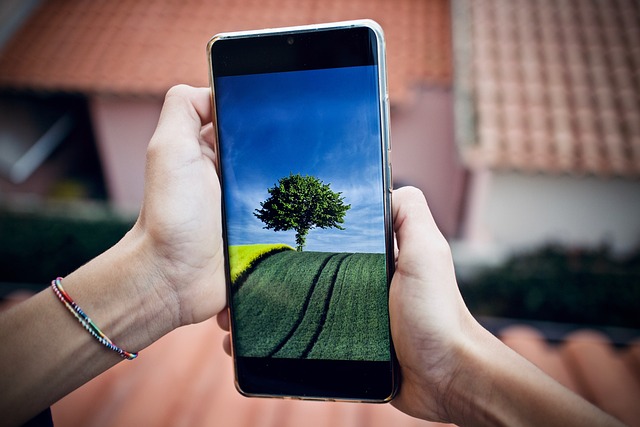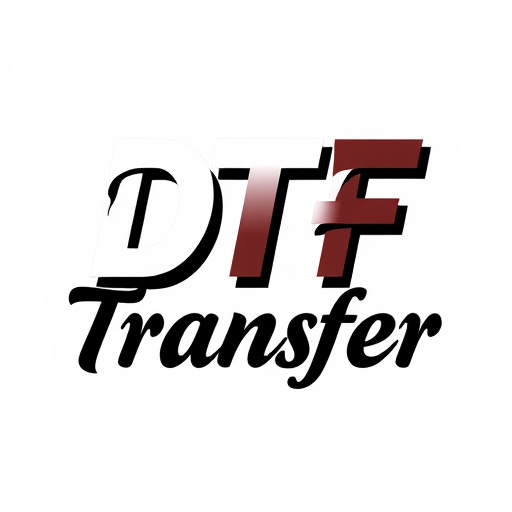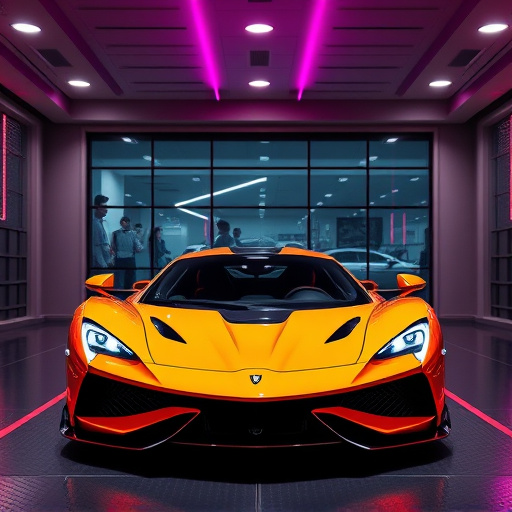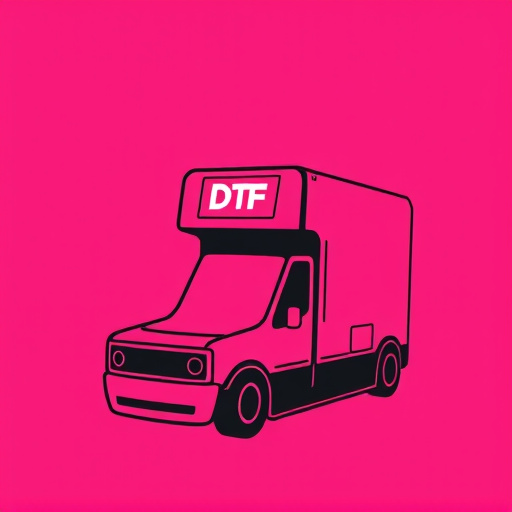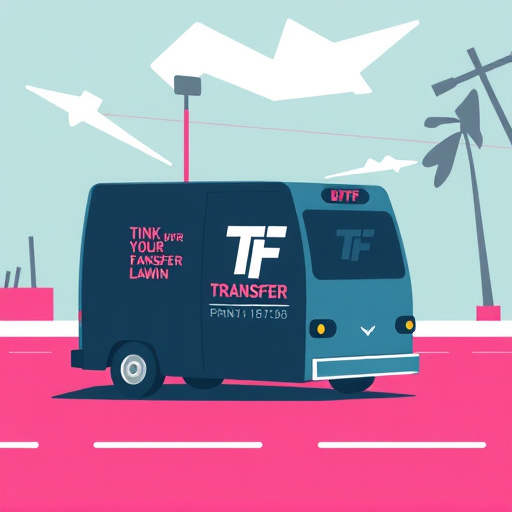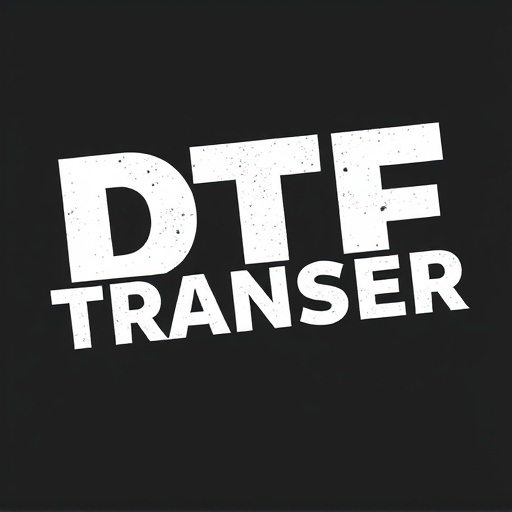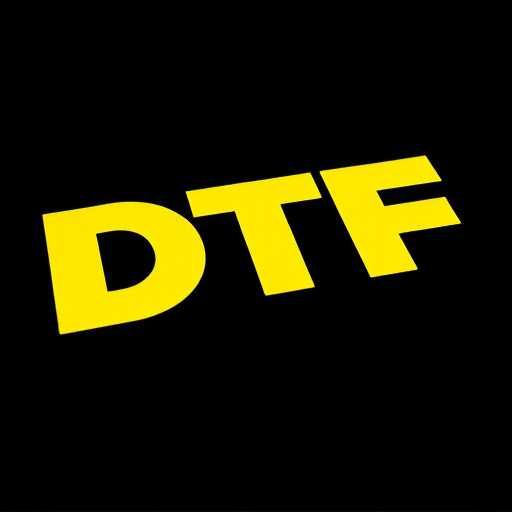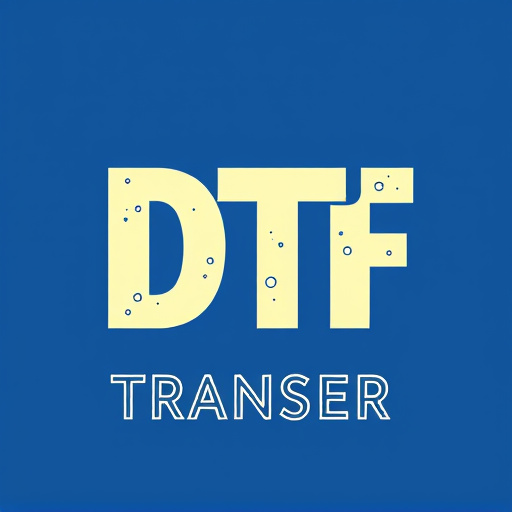Direct-to-Film (DTF) transfer printing is a revolutionary process that enables efficient production of multiple designs on a single film. Using specialized software, designers create intricate patterns and images which are transferred to light-sensitive film coated with a mask or screen. The cured areas accept ink during printing, yielding high-quality, visually stunning DTF prints. This method streamlines production, reduces costs, and enhances efficiency for custom apparel, promotional products, and complex layouts like product branding. Key considerations include design arrangement, color selection, and spacing to maximize print quality. DTF printing has diverse applications in apparel, signage, and promotional items, with advancements focusing on improved durability, AI integration, eco-friendly materials, and enhanced print quality.
In the realm of printing, efficiency is key, especially as demands for diverse, customized designs surge across various industries. DTF Transfer offers a revolutionary solution by enabling multiple designs to be arranged on a single film, streamlining the printing process and cutting costs. This article delves into the world of DTF Printing, exploring its advantages, the behind-the-scenes printing process, and promising future trends that are reshaping the landscape of design and production. Unlock the secrets of efficient, multi-design layouts with this comprehensive guide to DTF Prints.
- Understanding DTF Transfer: A Brief Overview
- Advantages of Using Multiple Designs on a Single Film
- The Printing Process: How DTF Enables Efficient Multi-Design Layouts
- Design Considerations for Optimal DTF Prints
- Applications: Industries Benefiting from DTF Transfer Printing
- Future Trends in DTF Technology for Printers
Understanding DTF Transfer: A Brief Overview
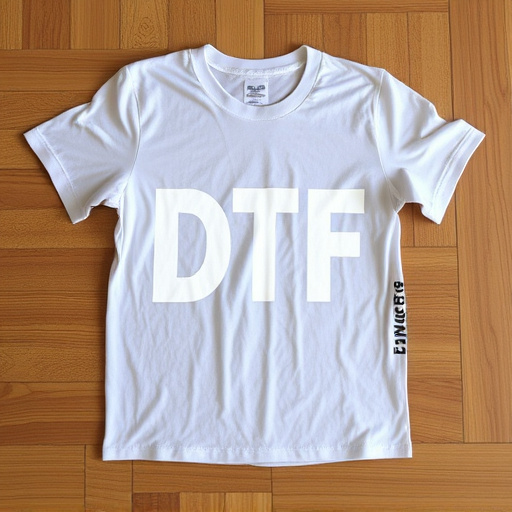
The Direct-to-Film (DTF) transfer process is a revolutionary technique in printing that allows for the efficient production of multiple designs on a single film. This method streamlines the printing process by directly applying design elements onto the film, enabling simultaneous exposure for all desired prints. DTF offers a cost-effective solution for various applications, from custom apparel to promotional products.
In DTF Printing, designers can create intricate patterns and detailed images using specialized software, which then prepares the designs for transfer. The film, coated with light-sensitive material, is exposed through a mask or screen, curing specific areas to create a positive or negative image. This process ensures precise control over design placement and allows for complex layouts on a single sheet. The cured areas accept ink during printing, while the uncured sections repel it, resulting in crisp, accurate DTF prints.
Advantages of Using Multiple Designs on a Single Film
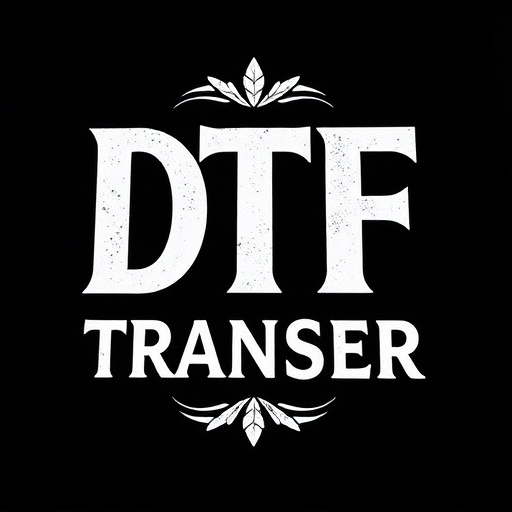
Using multiple designs on a single film for DTF (Direct to Film) transfer offers numerous advantages in the printing process. Firstly, it streamlines production by reducing the need for individual films for each design, saving time and resources. This is especially beneficial for businesses producing custom prints or limited-edition items where quick turnaround times are essential.
Additionally, this method enhances efficiency as it allows for the creation of diverse, unique prints from a single setup. It promotes creativity, enabling printers to experiment with various designs and patterns without incurring additional costs for film changes. As a result, DTF Printing can produce high-quality, visually appealing DTF prints that capture intricate details, making it a preferred choice for many modern printing applications.
The Printing Process: How DTF Enables Efficient Multi-Design Layouts

The Printing Process: How DTF Enables Efficient Multi-Design Layouts
Direct to Film (DTF) transfer printing has revolutionized the way designs are arranged and printed on a single film, offering significant advantages in efficiency for print professionals. In traditional printing methods, creating multi-design layouts would involve separate films and set-ups for each design, leading to longer preparation times and potential errors. DTF, however, allows printers to prepare multiple designs digitally and then transfer them directly onto the printing film, all in one process.
This streamlined approach means that a single DTF file can contain various designs, which are then precisely registered during the printing press run. By eliminating the need for separate films, DTF printing reduces waste, saves time, and enhances productivity, making it an ideal solution for businesses aiming to print complex layouts efficiently without compromising quality. Whether it’s branding multiple products or creating custom, personalized prints, DTF transfer printing ensures that each design is perfectly aligned and delivered with exceptional precision on a single film.
Design Considerations for Optimal DTF Prints

When designing for DTF (Direct-to-Film) transfer printing, several factors come into play to ensure optimal results. The key lies in understanding the unique properties of this printing method and tailoring designs accordingly. One crucial consideration is the arrangement of designs on the film; efficient use of space is essential to maximize print quality and yield. For instance, placing complex or detailed designs closer to the edge of the film can minimize waste while allowing for intricate features to be precisely transferred.
Additionally, color selection plays a vital role. DTF Printing offers vibrant colors, so designers should opt for a color palette that not only complements the desired aesthetic but also considers the film’s capability to reproduce shades accurately. Test prints are beneficial to ensure that colors appear as intended, especially when dealing with fine art or photographic designs. Proper spacing between design elements is another aspect; adequate gaps prevent images from appearing crowded, ensuring each element receives adequate ink coverage during the printing process.
Applications: Industries Benefiting from DTF Transfer Printing

The versatility of DTF (Direct to Film) Transfer Printing opens up a world of possibilities across various industries. From apparel and accessories to signage and promotional items, DTF allows for complex, high-quality designs to be printed directly onto film, ready for efficient transfer to diverse materials.
In the apparel industry, DTF enables small batch production with intricate patterns, catering to niche markets and custom orders. Signage manufacturers benefit from quick turnaround times and precise color reproduction when printing on vinyl or fabric for both indoor and outdoor displays. Moreover, promotional product companies can create personalized items like phone cases, mugs, and bags with detailed artwork, making them ideal for branding and marketing campaigns.
Future Trends in DTF Technology for Printers

As technology continues to evolve, so does the realm of Direct-to-Film (DTF) transfer printing. Future trends suggest that DTF will become even more efficient and versatile. Printers can expect advancements in material science, offering films with enhanced durability and colorfastness, ensuring superior DTF prints. The integration of smart sensors and AI algorithms may enable printers to automate the setup process, optimizing print quality and reducing human error.
Additionally, the development of eco-friendly DTF solutions is gaining momentum. Solvent-free inks and recyclable film materials are likely to minimize environmental impact without compromising on quality. With these innovations, DTF printing promises to remain a game-changer in various industries, offering fast, cost-effective, and high-quality printing solutions for diverse applications, from apparel to signage.


